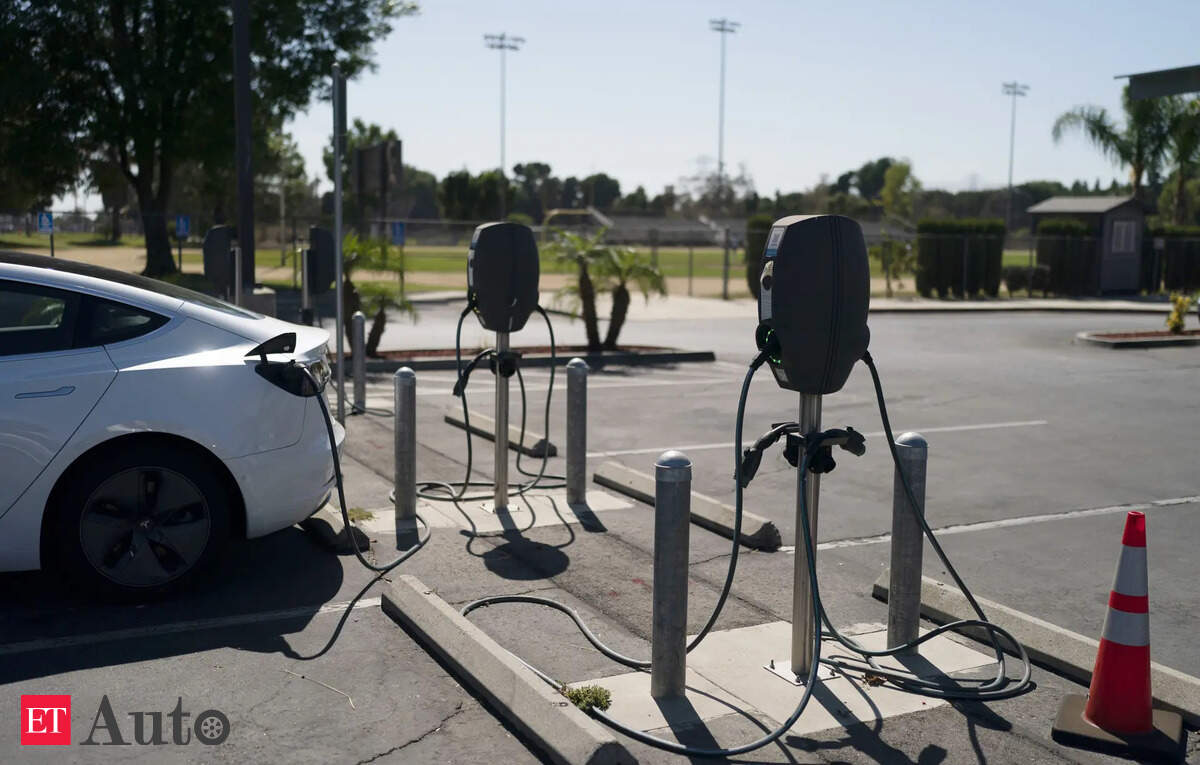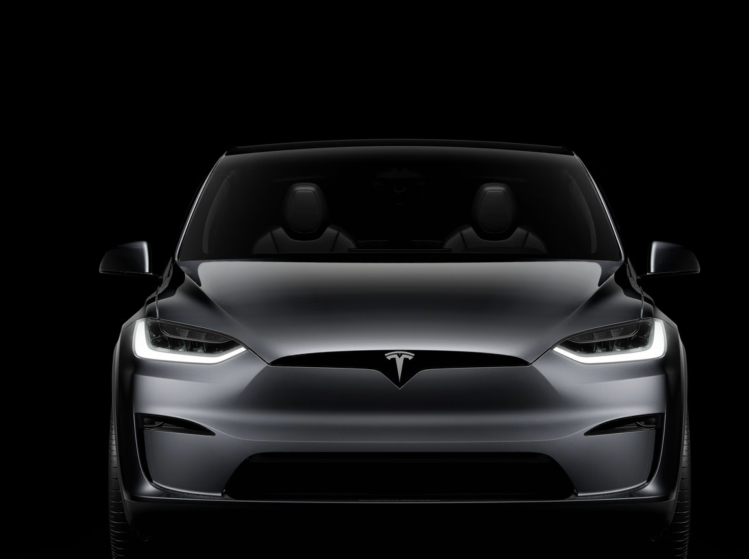New Delhi: India’s electric vehicle public charging stations consumed a total of 763.98 million units (MU) of electricity between April 2024 and February 2025, as per the latest report from the Central Electricity Authority (CEA). This includes 659.34 MU by regular
EV charging stationsand 104.64 MU by heavy-duty public charging stations.
Monthly electricity consumption steadily increased over the 11-month period, rising from 52.88 MU in April 2024 to 83.30 MU in February 2025. Consumption in heavy-duty charging stations climbed from 18.85 MU in April 2024 to 21.37 MU in February 2025, while that from regular public charging stations went up from 34.04 MU to 61.94 MU in the same period
.
State-level data showed that Delhi accounted for the highest electricity consumption by EV charging stations, using 306.02 MU, or 40.11 per cent of the total. Maharashtra followed with 192.28 MU (25.20 per cent ), Karnataka with 64.66 MU (8.48 per cent ), and Gujarat with 58.31 MU (7.64 per cent ) during the same period
.
The CEA noted that “information on PCS are required for assessment of progress made in development of necessary charging infrastructure in meeting the various stated objectives like development of safe reliable EV charging ecosystem, ensuring energy security & reduction of emission intensity etc.”
The data highlights the growing adoption of EVs and the parallel expansion of public charging infrastructure across India. The government’s ₹10,900 crore PM E-DRIVE scheme, which runs from October 1, 2024, to March 31, 2026, is aimed at accelerating EV adoption and enhancing the charging network.
The ministry of power has also issued updated guidelines for charging infrastructure, last revised in September 2024. The CEA stated that the report plays a key role in assessing the growth of charging infrastructure, energy demand forecasting, and planning future grid integration.





Comments (0)